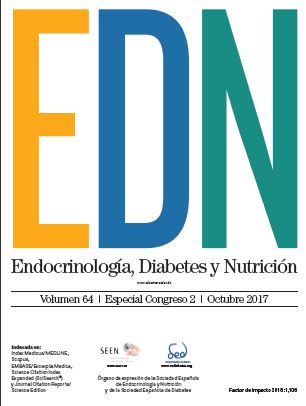256 - EFFECTIVENESS OF VARIOUS NUTRITION EDUCATION METHODS ON NUTRITION KNOWLEDGE ATTITUDE AND PRACTICES OF SCHOOL GOING CHILDREN
aDepartment of Food Science and Human Nutrition. University of Veterinary and Animal Sciences. bAgha Khan University Hospital. Pakistan.
Introduction and objectives: Imparting nutrition education in schools may help students to make healthier food choices. The aim of the study was to compare the effectiveness of three nutrition education methods on knowledge, attitude and practices (KAP) of school going children and to identify the most effective approach.
Methods: It was a quantitative, pretest and posttest nutrition education intervention study. The study participants included students (n = 166) of ages 10-11 years which were randomly divided into three groups. Three nutrition education sessions on balanced diet were carried out with a time interval of one week. They were delivered by three different approaches (audio-visual, verbal, handouts). A closed ended KAP questionnaire and a food frequency questionnaire was used for data collection. Data was collected prior to and after the study. Comparisons were made between the three methods using paired t test. ANOVA was used to determine the differences between three delivery methods.
Results: A statistically significant difference was observed post-nutrition education intervention in the three groups with audio-visual method being the most effective when compared with the other two methods. The mean nutrition knowledge scores were statistically (p < 0.05) higher in the audio-visual group (83.4 ± 10.7) when compared with the verbal lecture (68 ± 11.2) and handouts (57.8 ± 14.0). The mean score of attitude for audiovisual group (92 ± 7) were higher when compared with handouts (80 ± 13) and verbal lectures (80 ± 15). The practices mean scores were also higher in the audio-visual group (58 ± 08) when compared with other two delivery methods which were handouts (54 ± 12) and verbal lectures (56 ± 7). There was statistical significant (p < 0.05) improvement in the consumption of milk, yogurt, flat bread and mutton after nutrition education intervention.
Conclusions: The audio-visual method was the most effective method in improving the KAP of school going children.







